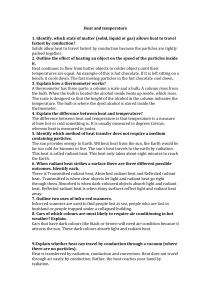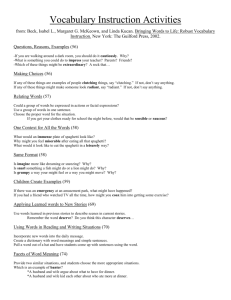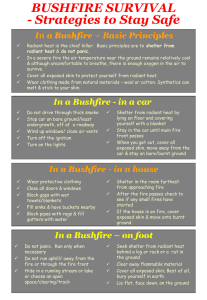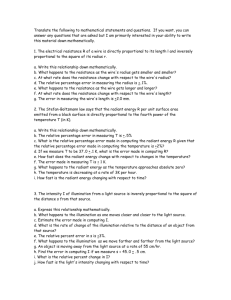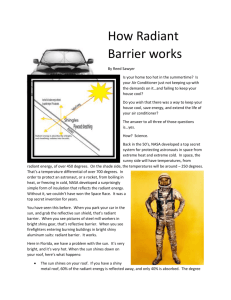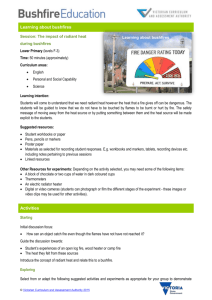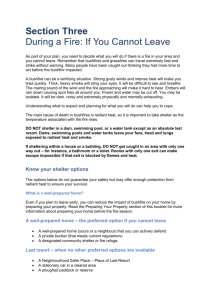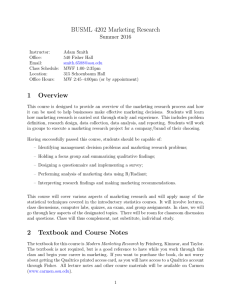Mind Maps
advertisement
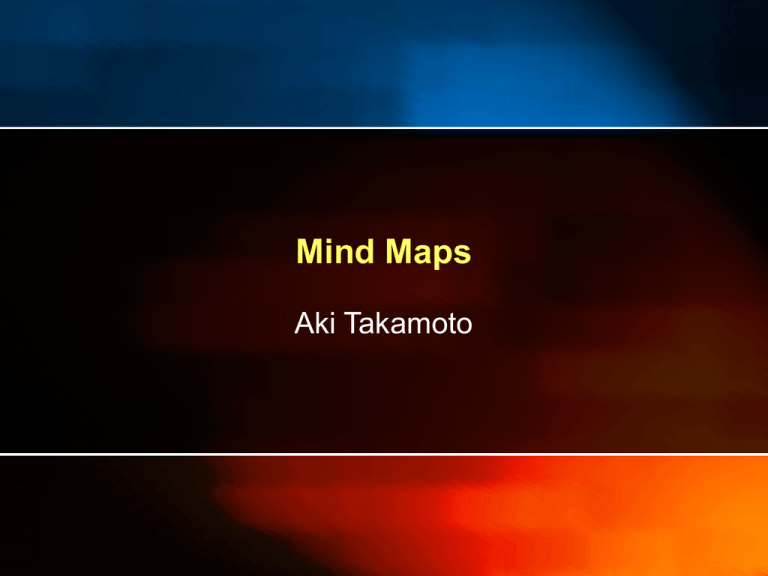
Mind Maps Aki Takamoto Mind Maps • What is a Mind Map • Where are Mind Maps From? • Mind Maps and Radiant Thinking • A New Way to Think • Making your own Mind Maps What is a Mind Map? • The Mind Map is a visual presentation of your perceptual and thinking process. • It fully utilizes key visuals and key words. • It can serve many purposes: – Note-Taking – Summarizing – Memorizing – Communication – Problem Solving and analysis and creative thinking. Where are Mind Maps From? • Tony Buzan is attributed as the inventor and developer of the Mind Map approach. • Tony explains that, “The Mind Map is the external expression of Radiant Thinking” in his book: – “The Mind Map Book”. – See The Summary of Mind Map Laws CLICK HERE Mind Maps and Radiant Thinking • Radiant Thinking (from ‘to radiate’, meaning ‘to spread or move in all directions from a given center’) refers to associate thought processes that proceed from or connect to a central point. • The other meanings of ‘radiant’ are also relevant: ‘shining brightly’, ‘the look of bright eyes beaming with joy and hope’ and ‘the focal point of a meteoric shower’ – similar to the ‘burst of thought’. A Mind Map A New Way to Think • How do we gain access to this exciting new way of thinking? – A mind map always radiates from a central image. – Every word and image becomes in itself a sub center of association – The WHOLE proceeding in a potentially infinite chain of branching patterns away from or towards the common center. Making your own Mind Maps • Use Dimension in Images – Dimension make things stand out – Therefore dimension makes things easily remembered and communicated. – Thus, the most important elements in your Mind Maps can be emphasized by being drawn or written in 3 dimensions. Making your own Mind Maps • Use Variations of size – Variation of size is the best way of indicating the relative importance of items in a hierarchy. – Expanded size adds emphasis…thereby increasing the probability of recall! Making your own Mind Maps • Use organised spacing – Organised spacing increases the clarity of your image. – It helps in the use of hierarchy and categorisation. – It leaves the mind map ‘open’ to additions. – It is more aesthetically pleasing. Making your own Mind Maps • Use Appropriate Spacing – Leaving the right amount of space around each item gives your mind map order and structure. – The SPACE can be as important as the items themselves. Making your own Mind Maps • Use Codes – Codes enable you to make instant connections between different parts of your mind Map. – However far apart those parts may be on the page. – The codes can be ticks, crosses, underlines, or more elaborate… – Codes also save time: • They can represent people, projects, elements or processes that frequently recur. – Codes re-inforce and enhance categorisation and hierarchy through the simple use of colors, symbols and shapes. Making your own Mind Maps • Make Central Lines thicker and Organic – Through emphasis, thick lines immediately signal to your brain ***IMPORTANT*** – As you create and explore a mind map, you may find outer or peripheral ideas are more important than what were the central ones. – You can in these cases thicken the outer lines to add emphasis! – Organic, Curved lines add more visual interest Organic Map….of a weed???


